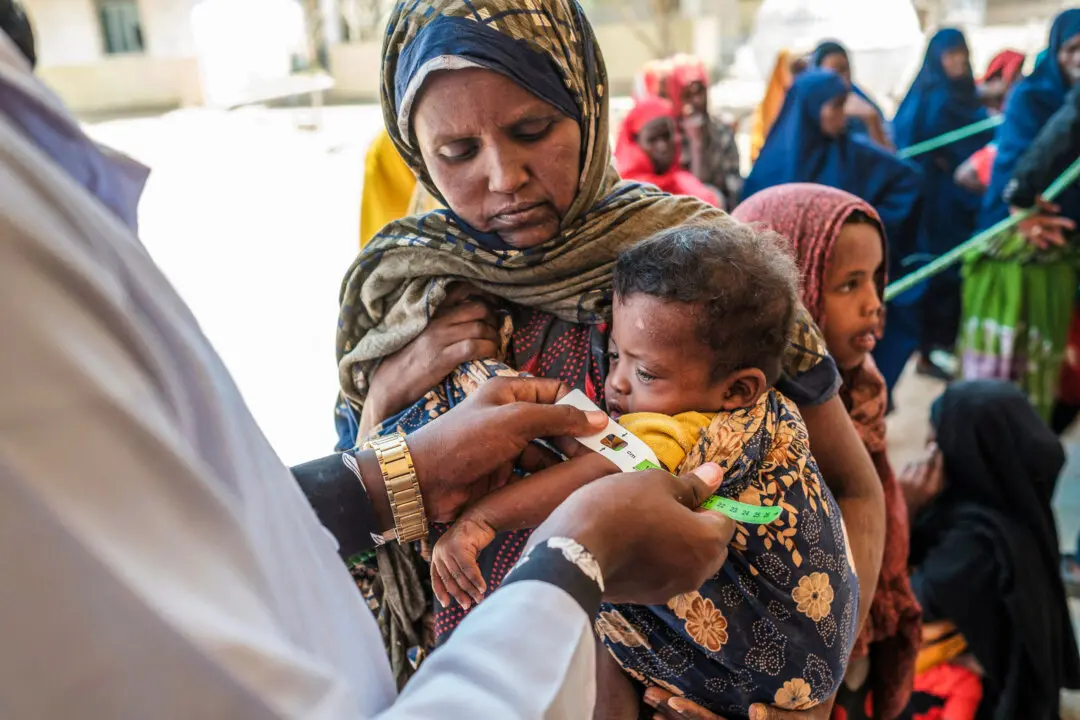While many children who contracted COVID-19 got through it unscathed, U.S. health officials said in a new report that around 1 percent of children in the United States have experienced what’s known as “long COVID.”
The report, from the Centers for Disease Control and Prevention (CDC), found that 0.5 percent of U.S. children had long COVID at the time they were interviewed in 2022.





